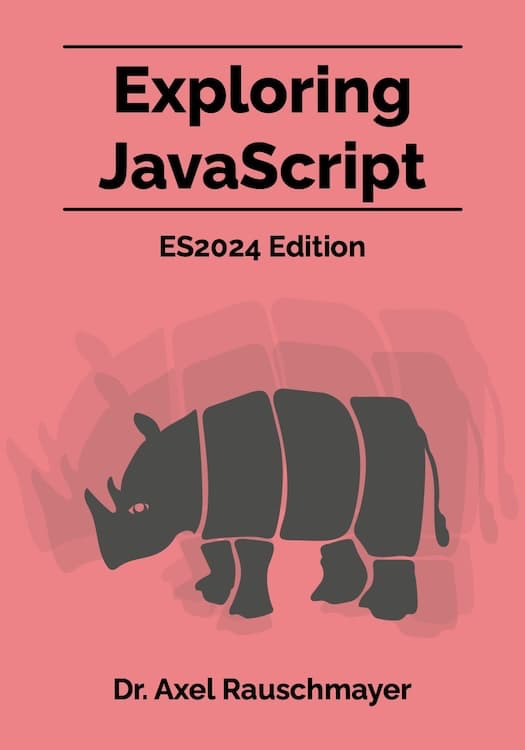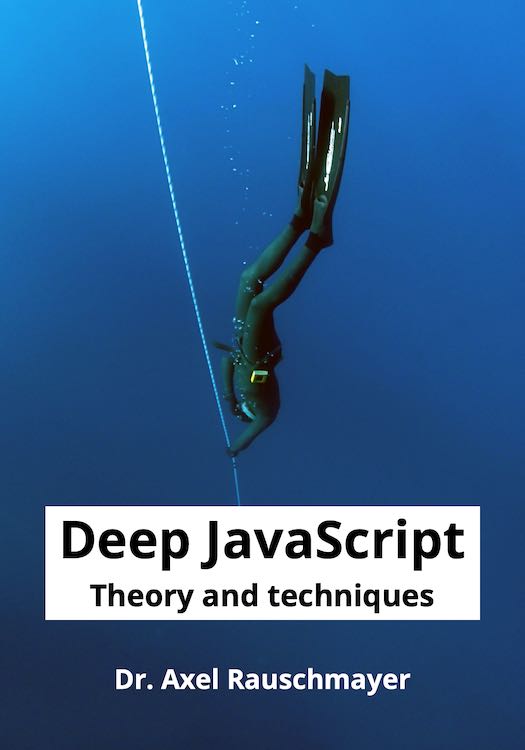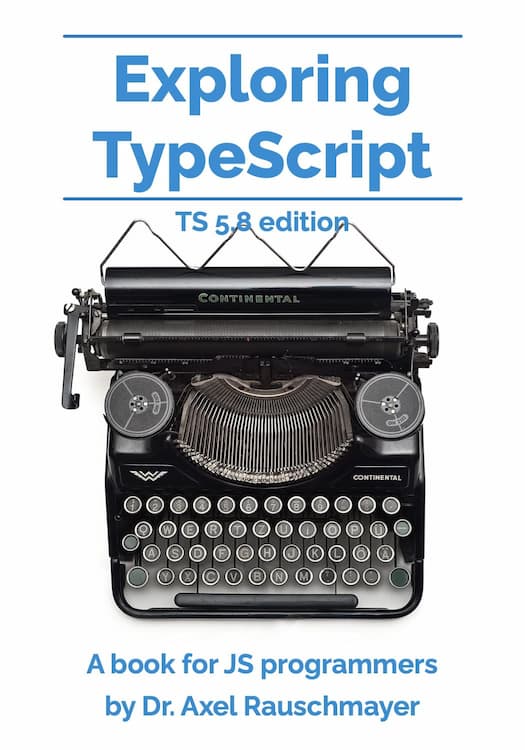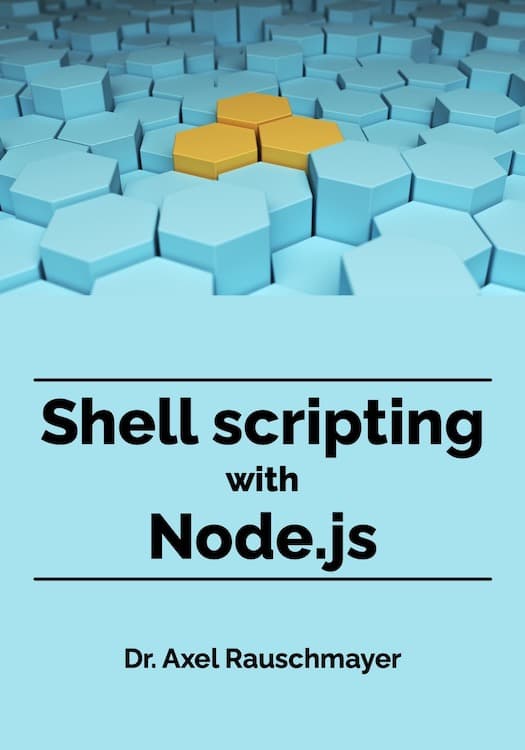2013-07
Trailing commas in object literals and array literals
Performance optimizations and for loops
Array iteration and holes in JavaScript
Feeds (RSS, Atom) in the time of social media
2013-06
Iterators and generators in ECMAScript 6
The iterator pattern enables unified and simple access to the elements stored in data structures. Generators are lightweight coroutines. Think: functions that can be suspended and resumed. Among other things, they help with implementing iterators.
This blog post explains how iterators and generators work in ECMAScript 6. The iterator protocol has recently changed, this post explains the new protocol.
Searching websites and evaluating JavaScript via Chrome’s omnibox
Basic JavaScript for the impatient programmer
“Basic JavaScript” … [is the] most complete and concise write up I am aware of.
This blog post enables you to get started with JavaScript as quickly as possible – if you already know how to program. It describes the smallest subset of the language that allows you to be productive. I call that subset “Basic JavaScript” and recommend to program in it for a while, before moving on to more details and advanced topics. Learning everything at once is too confusing. The post concludes with tips for what to learn next.





